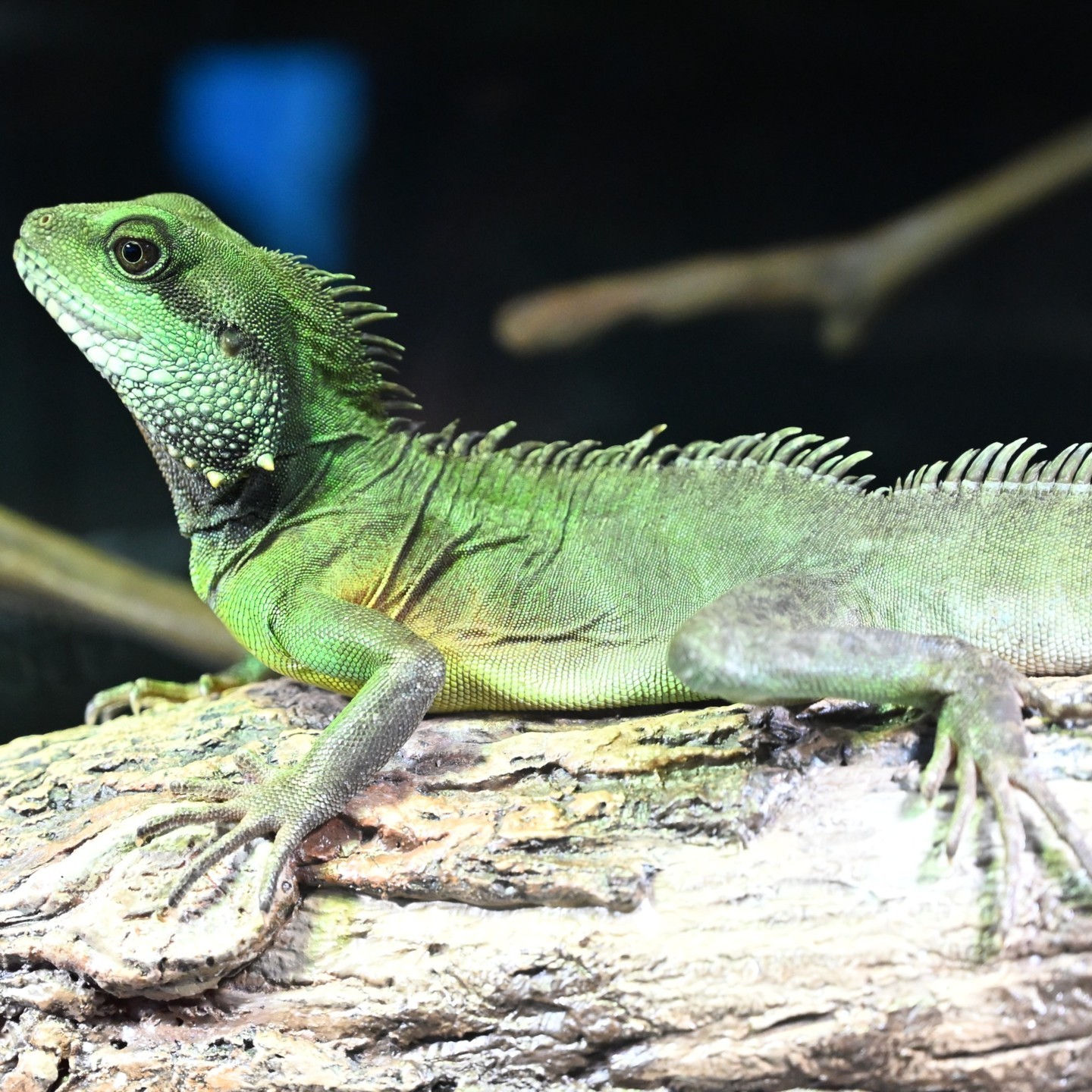– The significance of green colors in the animal kingdom and their connection to St. Patrick’s Day festivities
– The role zoo management plays in educating the public about wildlife conservation during festive events
– Exploring the diversity of green animals and their habitats
– Conservation efforts and the importance of protecting green species and their ecosystems
– How celebrating green animals on St. Patrick’s Day can raise awareness for wildlife conservation
St. Patrick’s Day, a celebration steeped in cultural tradition, brings a sea of green attire and decorations into our lives each year. Beyond the human celebrations, nature has provided its array of green-clad beings – animals whose hues range from the softest sage to the richest emeralds. These creatures, splendidly adorned in colors that might mirror the lush Irish landscapes, invite us into a broader conversation about their characteristics, their roles within their ecosystems, and our responsibility toward their conservation.
The green pigment in animals often arises from a variety of biological sources. In some, it’s a matter of diet, and pigments in their food influence the color of their feathers or skin. For others, it’s a direct result of biochromes – pigments produced within the body – or a product of structural coloration, where the physical structure of the surface reflects light in a way that gives a green appearance. Such adaptive coloration serves different purposes, from camouflage that helps a creature blend with its leafy surroundings, signaling to potential mates or rivals and even deterring predators by suggesting toxicity or foul taste.
Within the context of St. Patrick’s Day, some zoos and conservation centers use the opportunity to showcase their green residents. Incorporating holiday themes, zoo management might arrange special tours or educational activities that highlight green animals and their natural backgrounds. These events are not simply whimsical; they’re strategic engagements crafted to foster a connection between the public and wildlife. By showcasing these animals, their habitats, and their ecological challenges, zoo educators aim to infuse a sense of wonder and responsibility in visitors, kindling an interest in environmental stewardship.
A parade of green-hued animals awaits those interested in celebrating St. Patrick’s Day with an eye toward zoology. Among amphibians, the green tree frog proudly wears its vivid green color, harmonizing perfectly with its arboreal lifestyle. Several bird species, including the green parakeet and the emerald toucanet, don these vibrant shades, blending seamlessly into their leafy canopies. Reptiles, such as the green iguana and the emerald tree boa, also demonstrate this verdant brilliance in their scales.
But it’s not just about aesthetics; the habitats these animals occupy are essential for survival and often subject to threats like deforestation, pollution, and climate change. Understanding their plight becomes crucial as we learn about and celebrate these green animals. Conservation programs worldwide work tirelessly to preserve the species and the pristine habitats they represent.
St. Patrick’s Day celebrations can broaden our awareness of wildlife conservation efforts by underscoring the delicate balance between species and their environments. Encouraging individuals to support conservation charities or to get involved with local environmental initiatives can be a natural extension of the festivities. For instance, adopting rainforest patches, participating in local clean-up drives, or supporting eco-friendly products are ways in which the green of St. Patrick’s Day can become synonymous with green living and sustainability.
Moreover, within the purview of zoo management, holiday events provide a platform for education about the illegal wildlife trade, which threatens many species worldwide. Programs that couple revelry with education can address serious topics like the pet trade, poaching, and habitat destruction, delivering powerful messages about conservation engagingly.
The enchantment with these green creatures on St. Patrick’s Day opens the discussion of broader environmental issues. At the intersection of festivity and advocacy, highlighting green animals is a reminder that the vibrancy of life on Earth is worth celebrating and, more importantly, protecting. It’s an invitation for all to be part of preserving the myriad of life forms that share our planet, ensuring that these natural treasures persist for generations to come.
The celebratory green of St. Patrick’s Day is an apt time to consider the magnificence of nature’s green palette displayed across various species and to use this moment to reflect on our individual and collective roles in safeguarding our planet’s biodiversity. By reveling in the beauty of these green animals while actively participating in conservation efforts, we can pay homage to the essence of this holiday through a conscious acknowledgment and appreciation of the natural world.
*****
Source Description
Happy St. Patrick’s Day! ☘️ These green animals are already dressed for the occasion!


